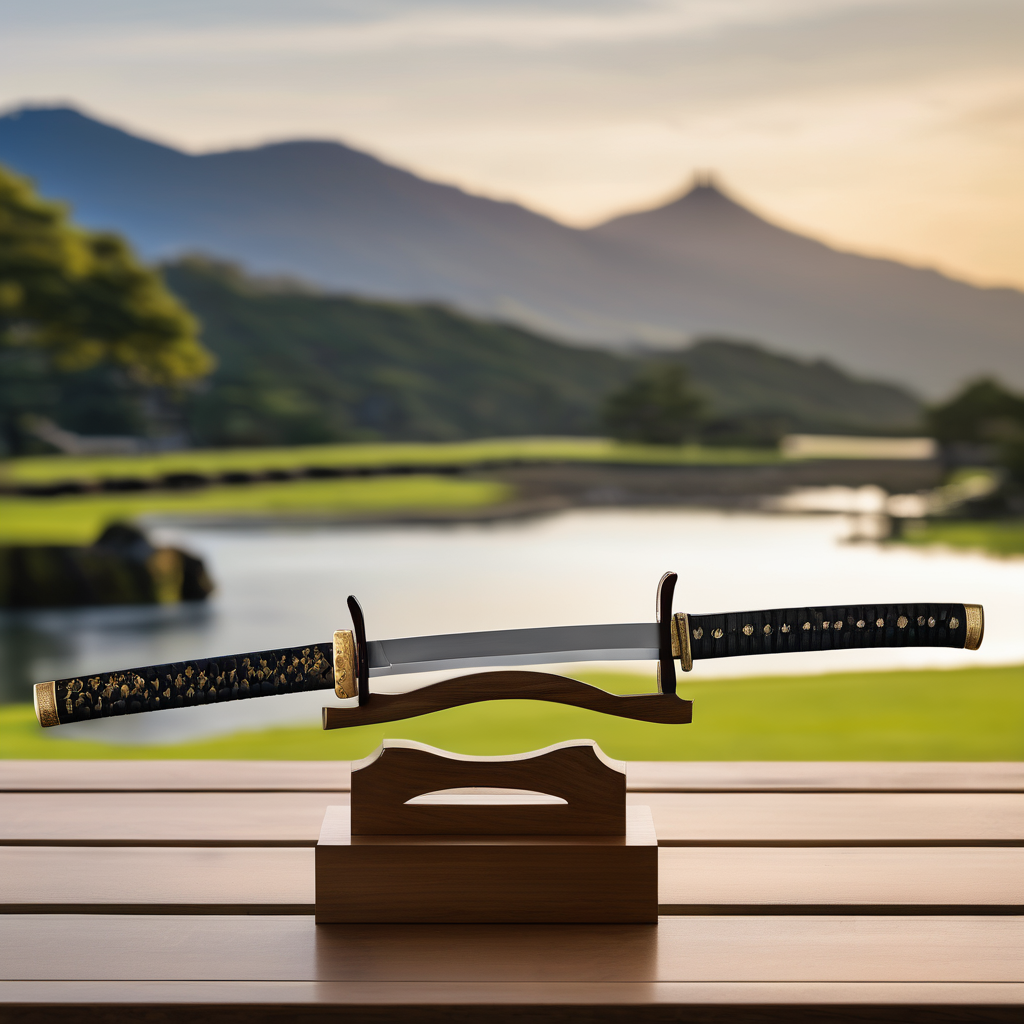Sony’s PlayStation has recently faced challenges as it transitioned from single-player game excellence to attempting a live-service model, which did not yield the success it had hoped for. However, the spotlight is back on the kind of high-quality, narrative-rich games that PlayStation built its reputation on. One of the prime examples of this resurgence is “Ghost of Yōtei.” Developed by Sucker Punch Studios, this game follows in the footsteps of its predecessor, “Ghost of Tsushima,” melding the expansive freedom of an open-world game with the stylistic elements of a classic samurai film.
“Ghost of Yōtei” is not a direct sequel but continues the samurai saga with a fresh protagonist and storyline. Players step into the shoes of Atsu, a skilled warrior on a poignant quest for vengeance against a notorious group known as the Yōtei Six, who were responsible for the brutal murder of her family during her youth. This singular focus on a revenge narrative keeps the gameplay tightly woven around a central theme, enhancing player engagement as they explore Atsu’s dark and driven world.
The game remains true to the open-world action formula and offers players flexibility in pursuing their objectives, allowing for a personalized order of eliminating each target. It incorporates a blend of familiar mechanics, such as evidence gathering and skill acquisition, that align with Atsu’s overarching goal—a narrative device that maintains an intense momentum throughout the gameplay.
Technological advances with the PlayStation 5 provide “Ghost of Yōtei” with a stunning visual presentation. Players will find themselves captivated by breathtaking landscapes and dynamic weather systems that serve as backdrops to epic sword duels. The ease of capturing these moments with a quick access photo mode further enhances player immersion. Meanwhile, a variety of side quests inject humor and depth into the game, reminiscent of the layered storytelling found in classics like “The Witcher 3.”
A defining characteristic of the Ghost series is the integration of contemplative moments within the broader adventure. Players can immerse themselves in serene activities such as visiting hot springs or enjoying the tranquility of playing a shamisen by the fire, offering a much-needed contrast to the intense, often violent, main narrative.
Despite these strengths, certain challenges from the previous game persist. The open-world format occasionally clashes with the samurai narrative experience, particularly during large-scale battles that can disrupt the strategic nuance highlighted in smaller skirmishes. Additionally, Atsu’s growing notoriety leads to frequent interruptions from bounty hunters, causing potential frustration by hindering exploration efforts.
Ultimately, “Ghost of Yōtei” manages to refine many of its predecessor’s issues, honing in on an epic tale filled with surprises and emotional twists. This blend of gameplay elegance and rich storytelling underscores the ability of Sony and its developers to craft experiences that resonate deeply with players. As such, “Ghost of Yōtei” exemplifies a promising return to form for PlayStation, reaffirming its commitment to delivering high-caliber narrative games people have come to cherish.
Fans can look forward to “Ghost of Yōtei” becoming available on October 2nd, exclusively on PlayStation 5.
